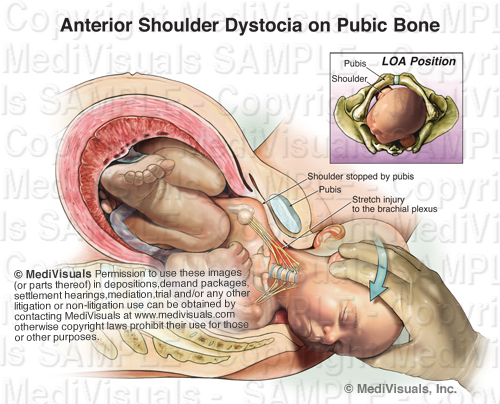P.I. Exhibits NOW is the newest innovative tool developed specifically for the Personal Injury Attorney. The website is a comprehensive collection of medical exhibits available for purchase and immediate download to a tablet, smartphone, or laptop.
P.I. Exhibits NOW involves three simple steps: Search, Purchase, and Download (see below). The site allows for "spur-of-the-moment" availability in depositions, settlement hearings, mediations, or trials. The collection consists of over 400 exhibits demonstrating many of the injuries and surgeries that personal injury attorneys routinely address, and which best lend themselves to "generic" or "typical" representations.
The effectiveness of visuals is recognized throughout society in such common phrases as “A picture is worth a thousand words”, and “Seeing is believing.” Additionally, numerous manuscripts refer to studies substantiating that recall is greatly increased when a verbal message is supported by visual images. These studies have typically shown that, after varying periods of time, information presented vocally and supported by visuals was recalled at a significantly higher rate than the same message delivered by voice alone.
Visit P.I. Exhibits NOW. Images purchased are projection resolution and are available for $245 each, a savings of $50 compared to MediVisuals.com. Click here or go to http://store.medivisuals.com/.
The effectiveness of visuals is recognized throughout society in such common phrases as “A picture is worth a thousand words”, and “Seeing is believing.” Additionally, numerous manuscripts refer to studies substantiating that recall is greatly increased when a verbal message is supported by visual images. These studies have typically shown that, after varying periods of time, information presented vocally and supported by visuals was recalled at a significantly higher rate than the same message delivered by voice alone.
Visit P.I. Exhibits NOW. Images purchased are projection resolution and are available for $245 each, a savings of $50 compared to MediVisuals.com. Click here or go to http://store.medivisuals.com/.
References
DeBoth, C. J., & Dominowski, R. L. Individual differences in learning: Visual versus
auditory presentation. Journal of Educational Psychology, 1978; Aug 70 (4): 498-503.
McCall, J., & Rae, G. Relative efficiency of visual, auditory and combined modes of
presentation in learning of paired-associates. Perceptual and Motor Skills, 1974; June (38): 955-958.
Multimodal Learning Through Media: What the Research Says. Cisco Web site. http://www.cisco.com/web/strategy/docs/education/Multimodal-Learning-Through-Media.pdf. Accessed August 19, 2008.



















































